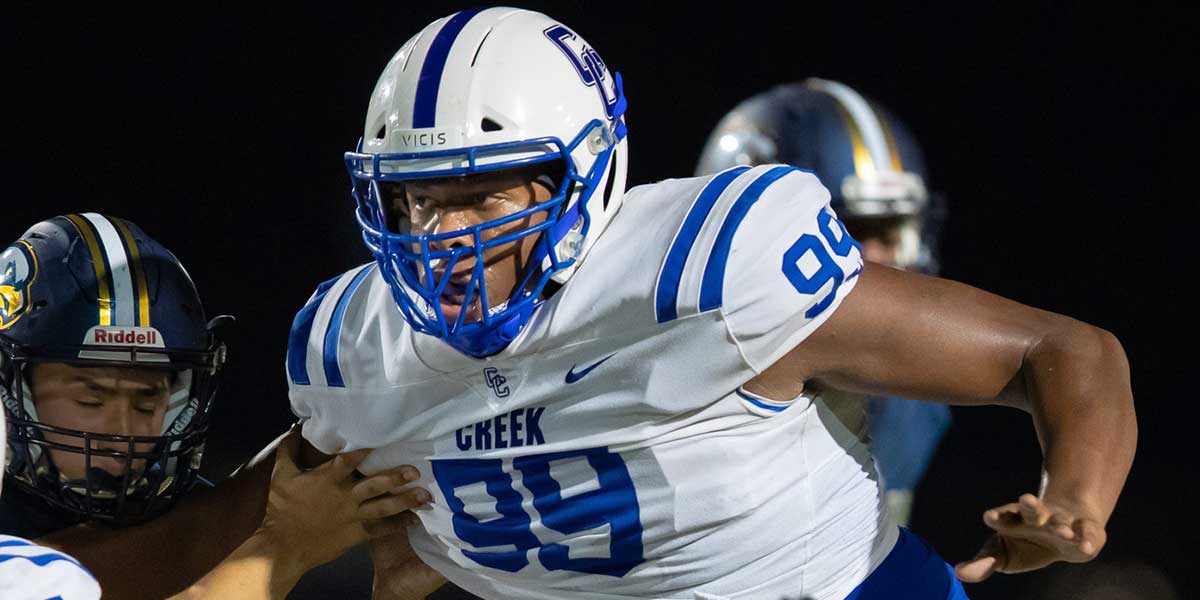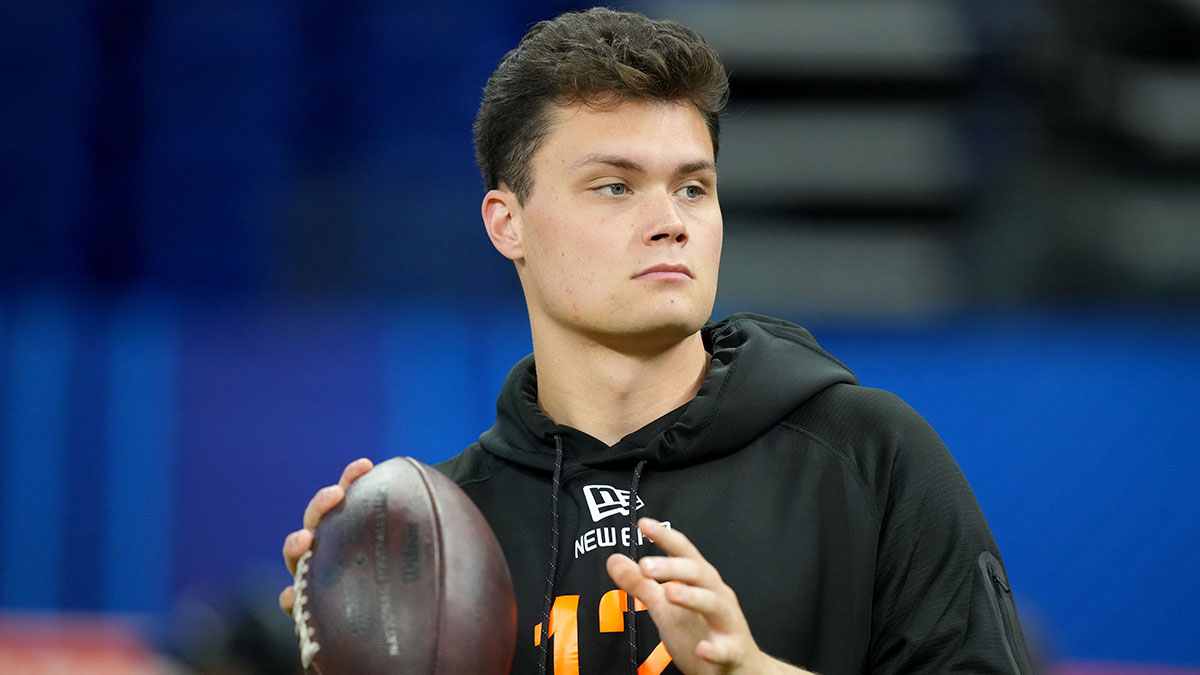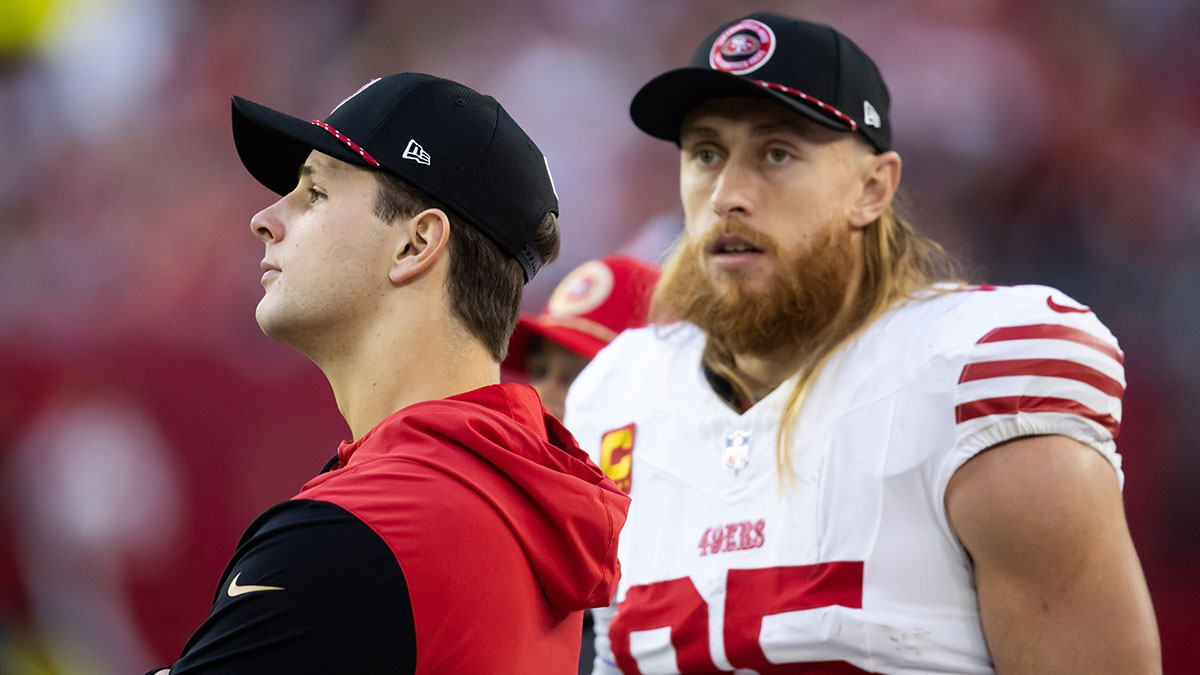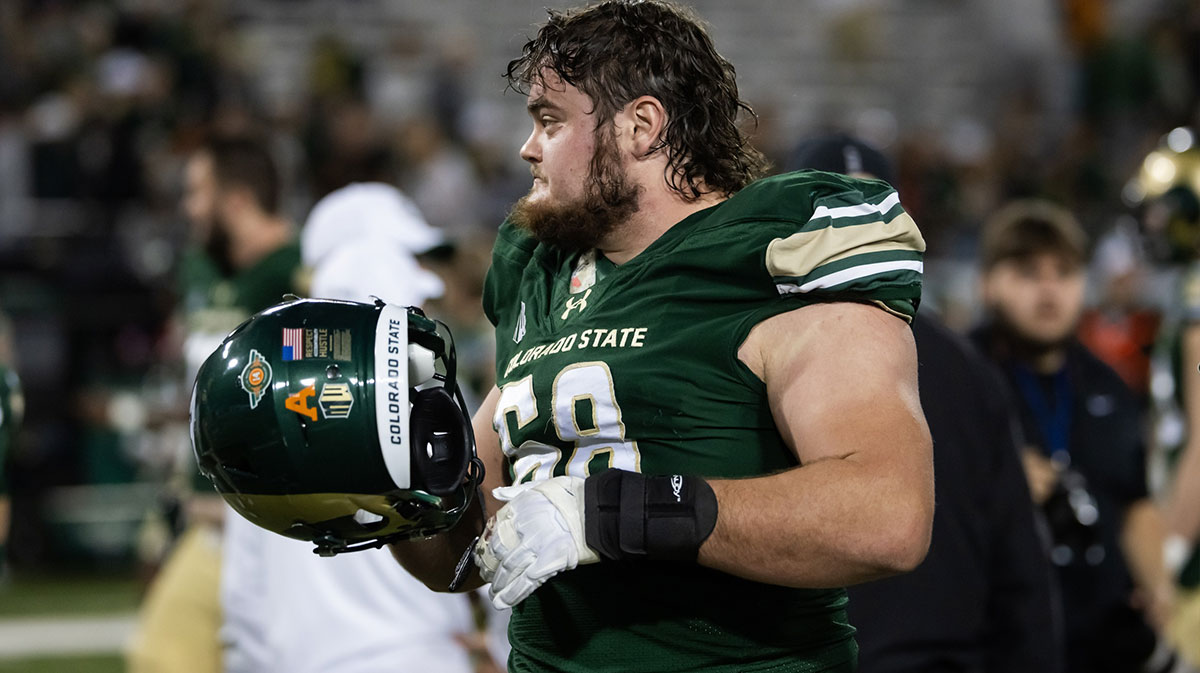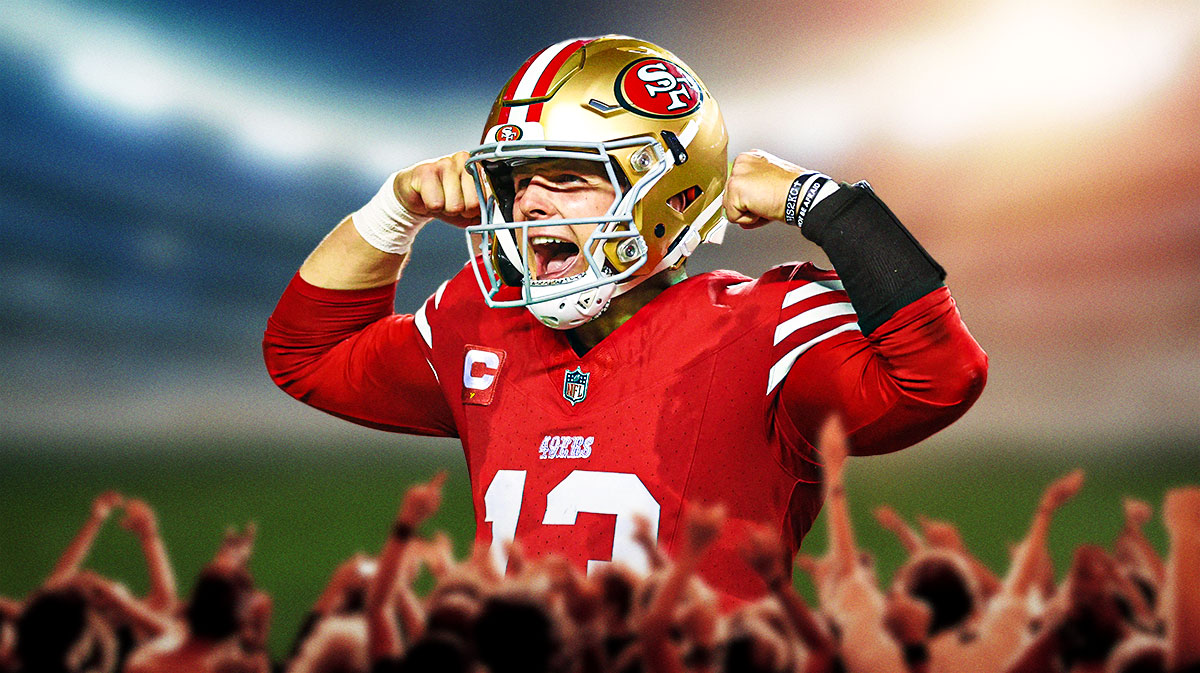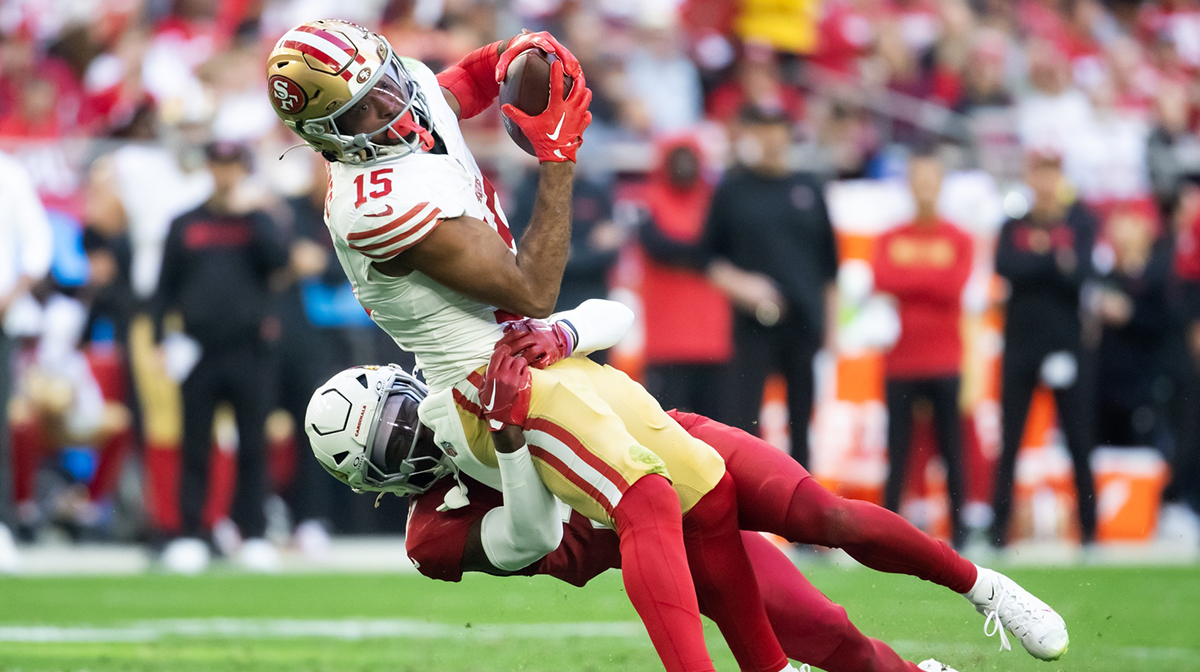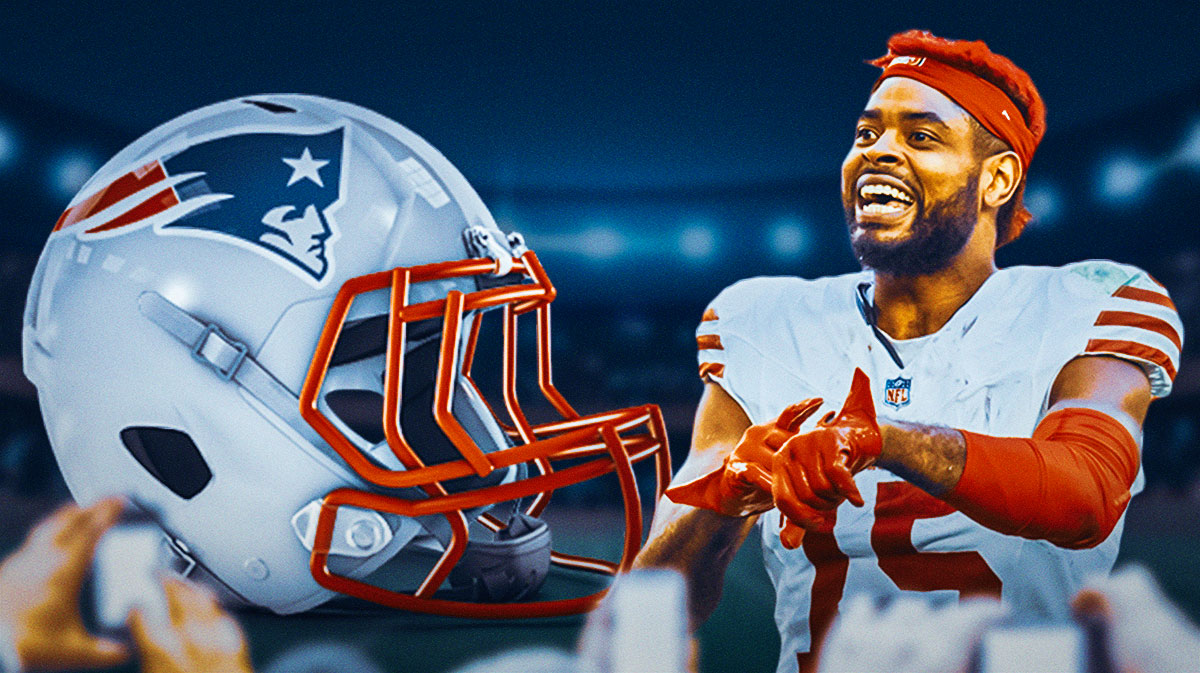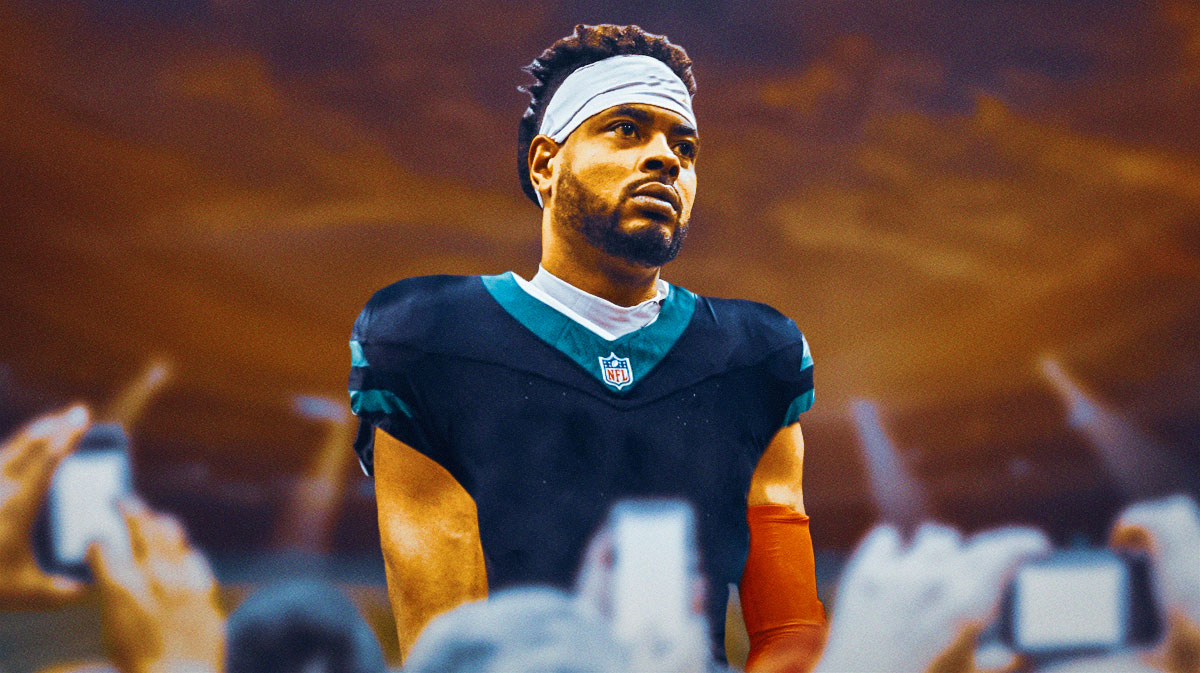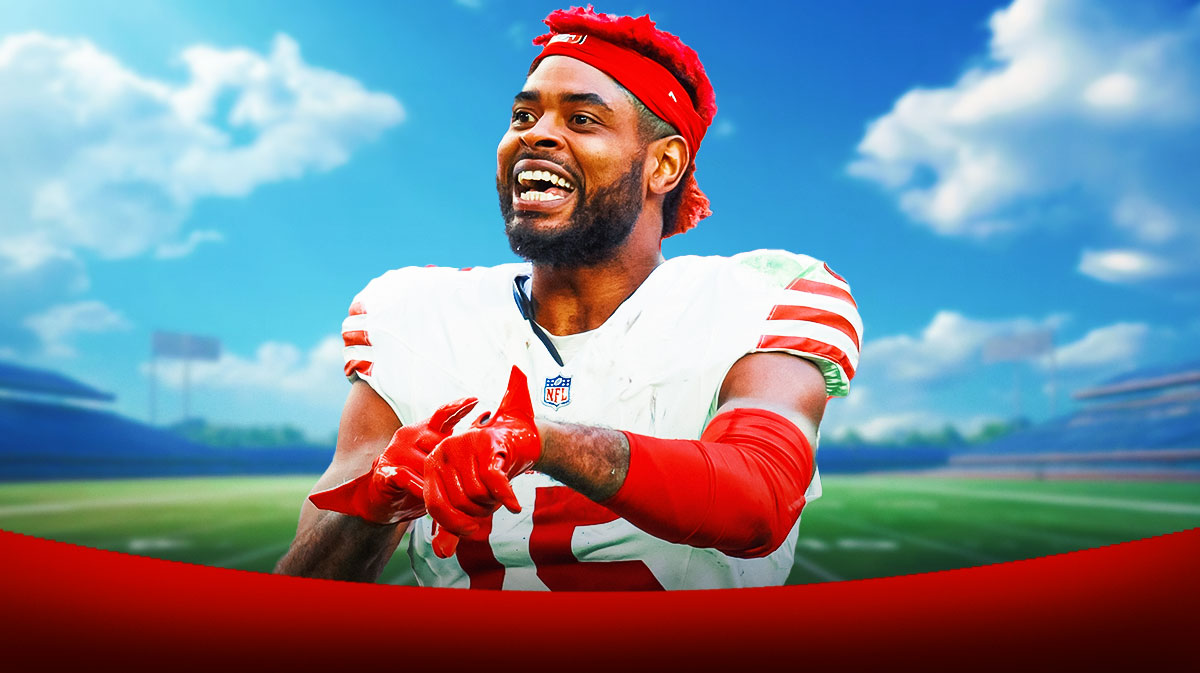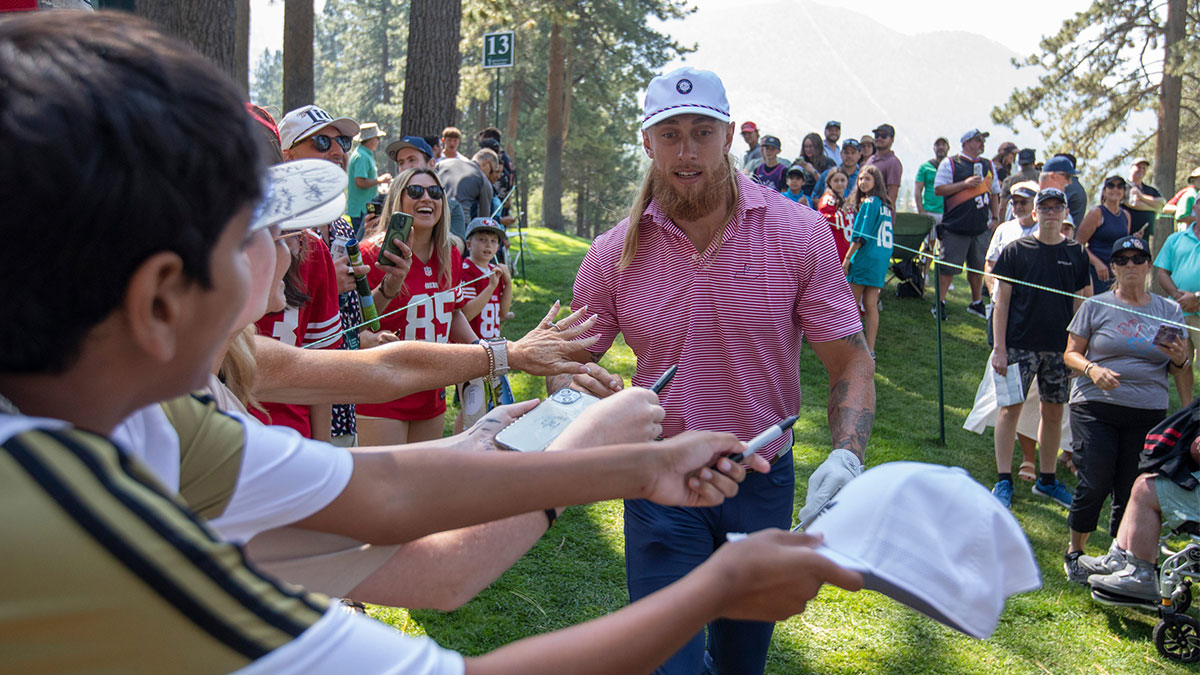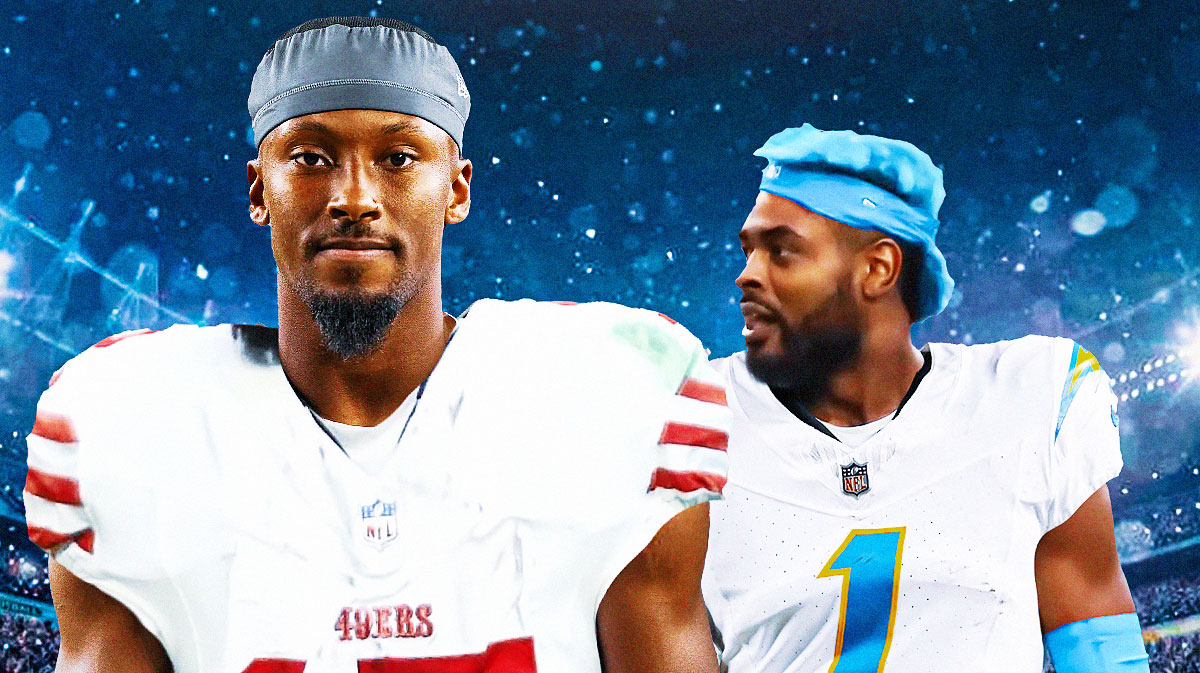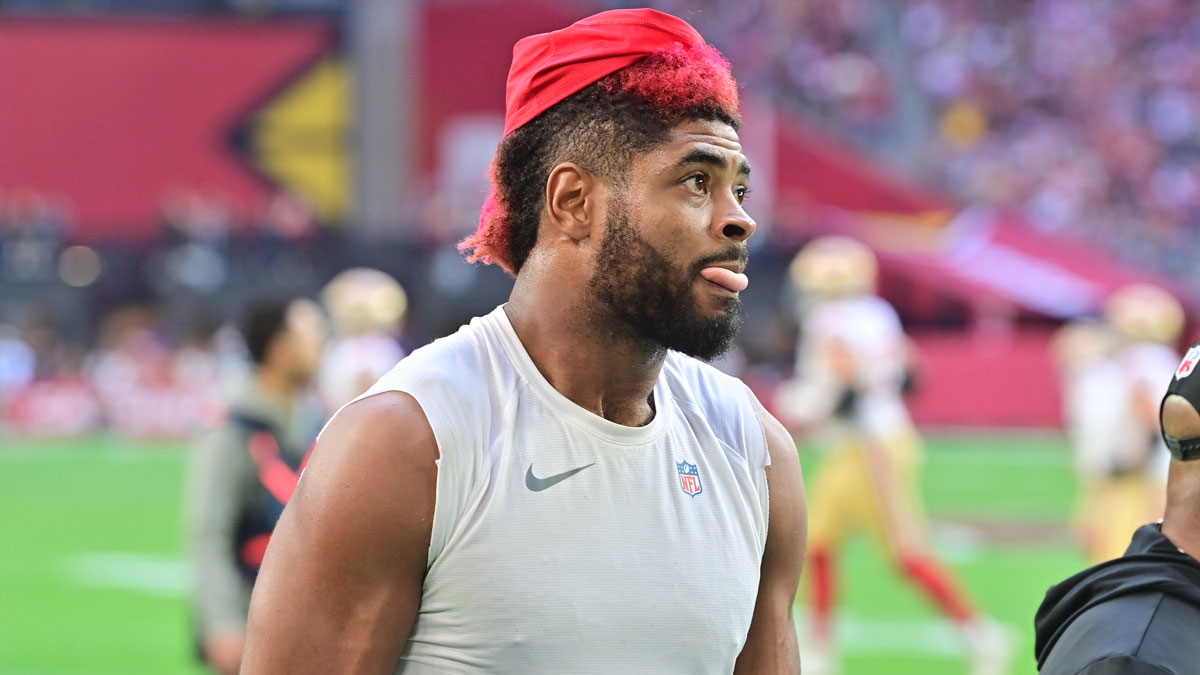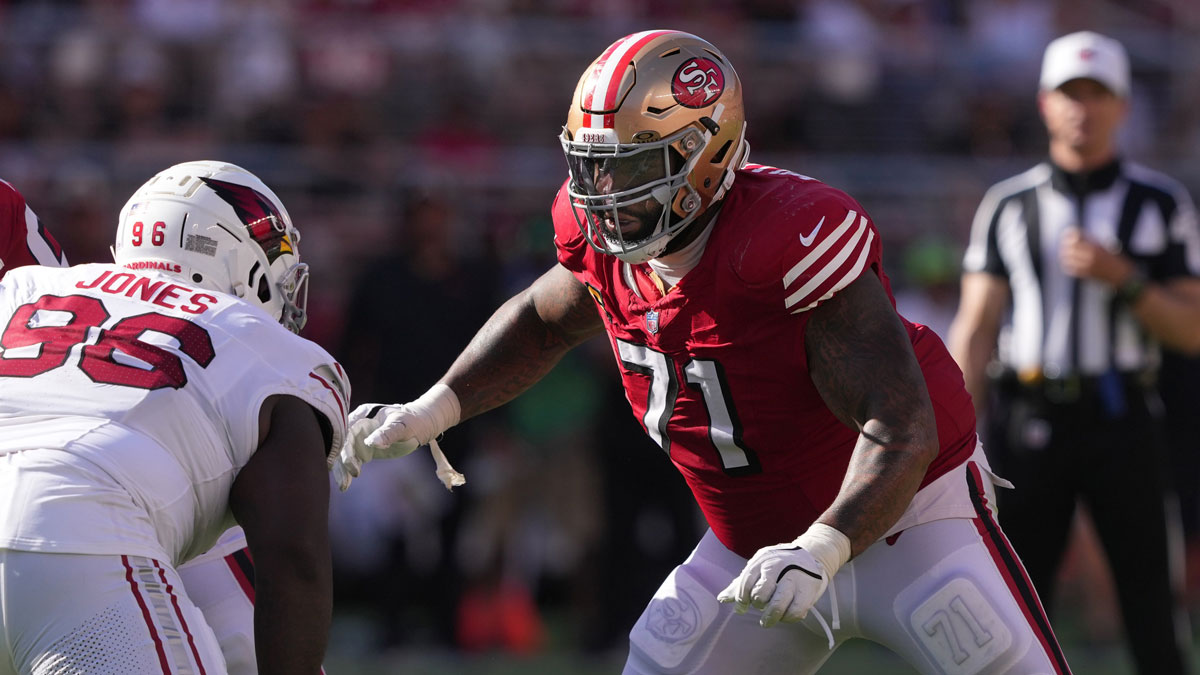30 years after Bill Walsh walked away from the San Francisco 49ers, their offense continues to play in a similar, innovate way. A cavalier of offensive innovation in his time, Walsh was the godfather of the West Coast offense that changed the way the game is played. Now, in 2019, Kyle Shanahan, a partial descendant of the Walsh coaching tree, is attempting to do the same.
The son of Mike Shanahan, another partial descendant of the Walsh coaching tree, Kyle has run a West Coast offense through-and-through. Though unlike his father’s outside zone run predominant scheme, Kyle has developed his attack around the principals of the West Coast passing offense. In case you don’t know, the essentials of its passing offense look like this:
- Motion and lots of it. Whether it’s the tight end moving to the slot, back moving out-wide, or a receiver running across the field, WC offenses use it to move defenders like a pawn.
- “Death by a thousand paper cuts.” This scheme will always choose a sure-thing check-down or quick-read pass over a deep 50/50 ball.
- As Walsh said in his autobiography Building a Champion, “The basis of our passing game remained the same: timed passes and precise, which we practiced extensively.”
- It’s in no way reliant on a quarterback having a strong arm. It’s about accuracy and understanding of leverage.
- It is built upon the usage of play action.
- Wide receivers have a lot of responsibility. They are expected to run several option routes, meaning they switch the route based on where favorable leverage is.
- Backs, tight ends, and receivers are expected versatile in where they can play. This makes pre-snap motion even more confusing.
- Receivers must be able to run after the catch and be capable of doing so well. Because it’s based on short, quick-hitting routes, chunk-yardage has to come on the ground rather than the air. The offense's spacing is built around getting a player in open space.
Along with implementing the outside zone run, the younger Shanahan’s offense is very similar to these principals. However, he’s developed them, into a whole new monster. That monster? Speed, calculated deep balls, and versatility.
The first two of Shanahan’s development of the scheme is well known – his offenses have historically been productive because of them. Moreover, the idea of versatility isn’t new – every NFL roster has it. But Shanahan may take it to a new level. Kyle Madsen of Niners Wire described it as
“Positionless” is the phrase du jour for describing what the 49ers are building on offense. They’re stocking up on players who allow them to vary their play calls and formations without ever changing the personnel. That layer of unpredictability is potentially deadly in a league where opposing coaches feast on tendencies.
Though there will never be real “positionless” football like in modern basketball, Madsen isn’t wrong to dub the 49ers’ offense as so. The offense, primarily running backs, tight ends, and wide receivers were built under the mindset of position versatility.
The running back group has Shanahan’s mark left all over it. The signing of Tevin Coleman, a former Falcon he coached for two seasons, is just part of that. As well as Coleman, the foursome includes Jerrick McKinnon, Matt Breida, and Raheem Mostert. Each is an elusive, quicker back with the game suited to run outside zone.
Matt Breida takes the stretch play to the house pic.twitter.com/sWGA9E2J5y
— Ian Valentino (@NFLDraftStudy) September 16, 2018
However, the similarities don’t end there; the group hits that key-word; versatility. Each has the game to slip into the slot or out-wide in passing scenarios. Or, they can make an impact as a catcher out the backfield. The four have combined for a total of 288 receptions, 2,460 receiving yards, and 19 receiving touchdowns in 153 games played (just Mostert’s last season was recorded – special teamer before).
However, their running back’s ability to make an impact is just one part of this “positionless” football concept. The receivers and the tight ends are a huge part of it. Again, Shanahan’s mark on both group is all too apparent.
Marquise Goodwin didn’t give ‘em a chance
(via @thecheckdown)https://t.co/FtGUZxnA1H
— B/R Gridiron (@brgridiron) October 28, 2018
Speedster Marquise Goodwin leads the receiving corps. Since signing with the 49ers in 2017, his game has flourished, in large part due to his fit in the offense. His speed can burn defenses on deep-balls, and can help churn out yards after the catch. Due to quick foot-work and elite speed, he can lineup anywhere on the field, and he’s often used on tosses, sweeps, and screens.
Goodwin is just one part of a YAC-happy, versatile group. Free-agent addition Jordan Mathews can lineup anywhere, and produce with the ball in his hands. But, the real intrigue is within their recent second to third-round draft picks — Dante Pettis, Deebo Samuel, and Jalen Hurd. 2018 second rounder Pettis is in a similar mold to Goodwin, with four inches extra. In his rookie year, he proved to be a good fit, as his speed, agility, and versatility shined to the tune of 27 catches for 467 yards and five touchdowns.
Dante Pettis just went 75 yards in Seattle 👀👀
📺: FOX #GoNiners https://t.co/Jc1r9YrZuy
— NFL (@NFL) December 2, 2018
Samuel, their 2019 second-round pick, may be the most intriguing out of the bunch. His route-tree and game scream West Coast. He also brings versatility to the table. As a former running back, his vision after the catch and ability to create yards carried the South Carolina offense during his tenure. Hurd, their third-round pick, is another running back convert that treads yards easily. Each fit that “positionless” mindset to a tee.
All of the five mentioned receivers excel on motion, inside/outside versatility, and with the ball in their hands. Though they lack in red-zone expertise, Shanahan is a creative coach; he will get them open looks, but he’ll also need to do the same for George Kittle, which carries us over to our next group, the tight ends, and full back.
GEORGE KITTLE.
ONE HAND.
📺: @nflnetwork + @NFLonFOX
📱+💻: https://t.co/DJUityQHC9 https://t.co/RCPfCRJOHX— NFL (@NFL) November 2, 2018
The previously mentioned Kittle is the unquestioned leader of the group. In 2018, he set the NFL record for tight end receiving yards in a season with 1,377 and added five touchdowns. His athletic, all-around game frequently proved to be an ideal fit with Shanahan’s offense. He’s a move tight end in every sense — he can set at the Y, play the slot, or go out-wide. His abilities after the catch are just a bonus. Kittle led the entire NFL in YAC in 2018 with 870 — that’s unheard of for a tight end.
Behind Kittle is a group of Garrett Celek, rookie Kaden Smith, and Levine Toilolo. Though they aren’t as athletic or skilled as Kittle, each can perform in the move tight end role if need be. But, the real second star of the show of the tight end/full back group is full back Kyle Juszczyk.
Juszczyk has proved that full backs can remain useful in the NFL, but not just in a blocking capacity. He can run the ball, but he’s best as a do-it-all receiver. Whether he’s lined up as a tight end, full back, receiver, or slot, he’s produced; tallying 56 career receptions for 1,408 yards and seven touchdowns.
The culmination of an almost comically versatile group of skill position players is not yet known. Though versatility is key to the NFL, nobody has seen a roster build quite like the 49ers’ 2019 one. Whether or not it’ll work is anybody’s best guess. What is known is that Shanahan will employ in a historically great West Coast offense. And the quarterback in place, Jimmy Gorappollo is well-suited to thrive in it. Shanahan will just need to avoid the injury bug for the third consecutive seasons for it all to work correctly.
If all goes right, Shanahan may be on the verge of an offensive revolution. The ability to continually motion players to different positions is already confusing enough for defenses. Now imagine that to the extreme — that’s what the 49ers offense will be like in 2019.

